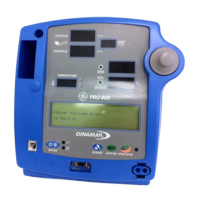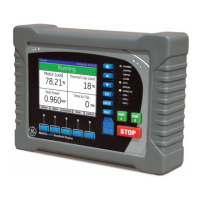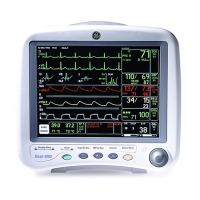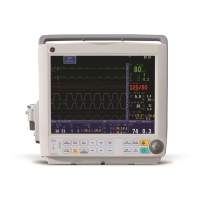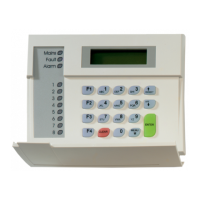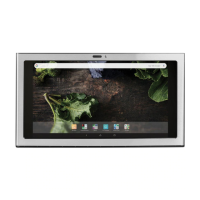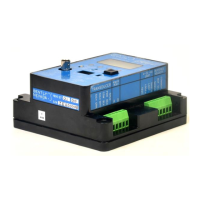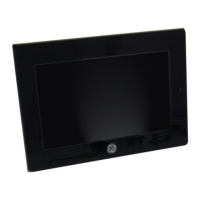Equipment overview: Theory of operation
2-42 Dash 3000/4000/5000 2000966-542D
Transmission
The write task waits on a transmission packet to be queued. When
awakened, the card is checked for association to an access point and for
an available transmit buffer. Transmits are discarded if both are not
true. The packet is copied into the card and a transmit command is
issued to the card. The transmit task waits on a transmit complete
interrupt from the card. This ensures a transmit buffer will be ready for
the write.
Error handling
The card does not support partial packets or other receive errors. On a
transmit error the buffer will not be resent. Other events like buffer and
queue overflows are reported through the error log system.
Association status
Each association change is reported through the error log system.
Command queue
Commands are queued if the Wait On Command (WOC) bit indicates the
card has not completed the previous command. Commands that must
complete are issued through a function call that ensures the command is
completed before returning. This function delays between each check of
the card to allow other tasks to run and must not be called with
interrupts off or from within an interrupt.
Card enable/disable
The patient monitor network task determines which active network
media should be used for ethernet communication. The peripheral
connector has the highest priority followed by the rear connector then
wireless. Interrupts to the wireless card are disabled until an enable
wireless call is made by the patient monitor network task. Disabling the
card simply turns these interrupts back off. Card events like association
changes and receive overflows may be logged when interrupts are
enabled, but this provides faster switch over between hardwire and
wireless than resetting the card and re-initializing it on an enable.
Storage and backup
Program code storage
Executable program code for the main processor, DAS processor, and
thermal printer are stored in non-volatile programmable memory. To
display the revision of the currently stored code, access the submenu of
the main application’s Monitor Setup menu.
Patient monitor settings
The processor/power management PCB stores default patient monitor
settings in non-volatile memory. The user must restore the original
settings if replacing the board.
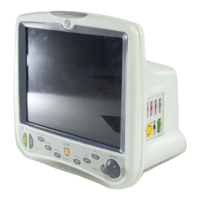
